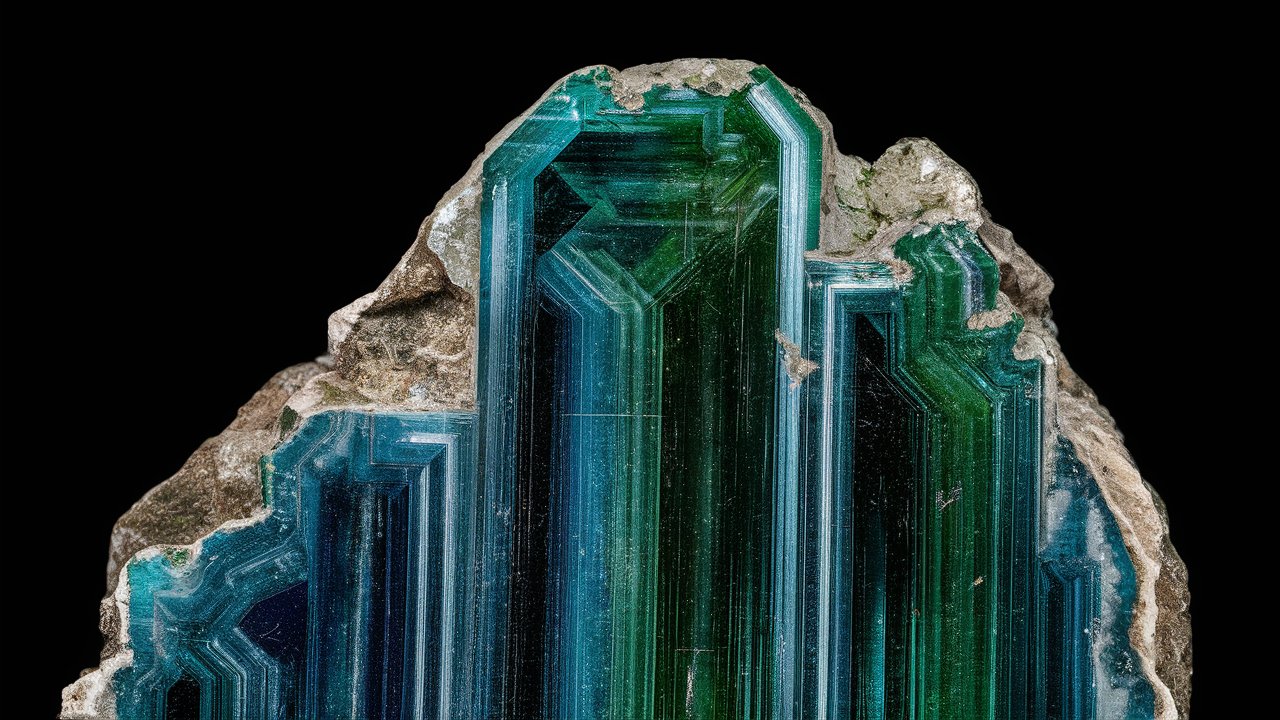
Abelsonite is a rare mineral that intrigues both scientists and rock enthusiasts. Found in only a few locations worldwide, this unique mineral has a fascinating history and composition. What makes Abelsonite special? For starters, it’s one of the few minerals that contain nickel and vanadium. Its striking pink to purple color and its occurrence in oil shale deposits add to its allure. Named after Philip H. Abelson, a notable American scientist, Abelsonite was first discovered in the Green River Formation in Utah. Why should you care about Abelsonite? Understanding its properties can provide insights into geological processes and the history of our planet. Whether you're a geology buff or just curious, learning about Abelsonite can be both educational and exciting.
What is Abelsonite?
Abelsonite is a rare mineral that fascinates geologists and mineral enthusiasts alike. Its unique properties and origins make it a subject of intrigue. Let's dive into some captivating facts about this mineral.
-
Abelsonite is a nickel porphyrin mineral, which means it contains nickel and has a specific molecular structure known as a porphyrin.
-
This mineral was first discovered in 1969 in the Green River Formation, Utah, USA.
-
Abelsonite is named after Philip H. Abelson, a renowned American physicist and geochemist.
-
It typically forms in thin, platy crystals or as a fine-grained mass.
-
The color of abelsonite ranges from pink to purple, sometimes appearing reddish-brown.
Unique Characteristics of Abelsonite
Abelsonite's distinct features set it apart from other minerals. Here are some of its unique characteristics:
-
Abelsonite is the only known mineral that is a pure nickel porphyrin.
-
It has a Mohs hardness of 2 to 3, making it relatively soft compared to other minerals.
-
The mineral has a specific gravity of 1.45 to 1.50, which is quite low.
-
Abelsonite is insoluble in water but can dissolve in organic solvents like chloroform and benzene.
-
It exhibits a strong fluorescence under ultraviolet light, glowing bright red.
Formation and Occurrence
Understanding how and where abelsonite forms adds to its allure. Here are some insights into its formation and occurrence:
-
Abelsonite forms in sedimentary rocks, specifically in oil shale deposits.
-
The mineral is believed to originate from the diagenesis of chlorophyll, the green pigment in plants.
-
It is often found in association with other organic-rich minerals like dolomite and calcite.
-
Abelsonite has only been found in a few locations worldwide, with the Green River Formation being the most notable.
-
The mineral's formation process involves low-temperature conditions, typically below 100°C.
Uses and Applications
While abelsonite is not widely used commercially, it has some interesting applications and uses:
-
Abelsonite is primarily of interest to researchers studying organic geochemistry and the origins of life.
-
It serves as a model compound for studying the behavior of nickel porphyrins in geological environments.
-
Collectors and museums value abelsonite for its rarity and unique appearance.
-
The mineral's fluorescence makes it a subject of study in the field of mineral luminescence.
-
Abelsonite's structure and composition provide insights into the geological history of the regions where it is found.
Abelsonite's Unique Place in Geology
Abelsonite stands out in the world of minerals. Its distinctive pinkish-purple color and unique chemical composition make it a rare find. Discovered in the Green River Formation, this mineral has intrigued scientists and collectors alike. Unlike many other minerals, abelsonite forms in organic-rich shale, adding to its uniqueness.
Its structure, containing nickel porphyrins, links it to ancient biological activity, offering clues about Earth's past. This connection to ancient life forms makes abelsonite not just a mineral but a window into geological history.
For those fascinated by geology, abelsonite represents a blend of beauty and scientific intrigue. Its rarity and the story it tells about Earth's history make it a gem worth knowing. Next time you think about minerals, remember abelsonite's special place in the geological world.
Was this page helpful?
Our commitment to delivering trustworthy and engaging content is at the heart of what we do. Each fact on our site is contributed by real users like you, bringing a wealth of diverse insights and information. To ensure the highest standards of accuracy and reliability, our dedicated editors meticulously review each submission. This process guarantees that the facts we share are not only fascinating but also credible. Trust in our commitment to quality and authenticity as you explore and learn with us.


